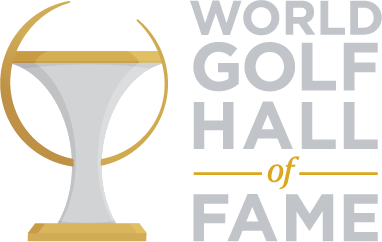Harry Cooper was one of the finest players and most consistent winners in professional golf in the 1920s and 1930s with but a single void in his career: a Major Championship, despite several narrow misses.
Cooper won 31 times on the PGA TOUR between 1925 and 1941, including the Canadian Open and the Los Angeles Open twice each. In 1937, he won eight times, led the money list and won the inaugural Vardon Trophy.
Cooper spent his career around the lead and he racked up 37 runner-up finishes and 25 thirds. The most disappointing seconds were at the 1927 and 1936 U.S. Open and at the 1936 Masters, where he was nipped at the end by the hot putting of Horton Smith. He was also second at Augusta in 1938. He reached the semifinals of the PGA once, losing to Walter Hagen in 1925. He never played in the Open Championship.

